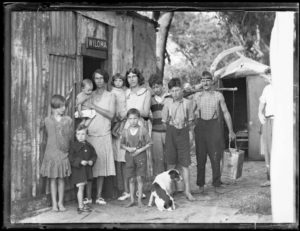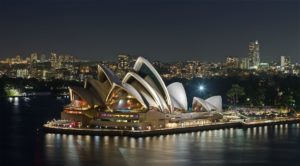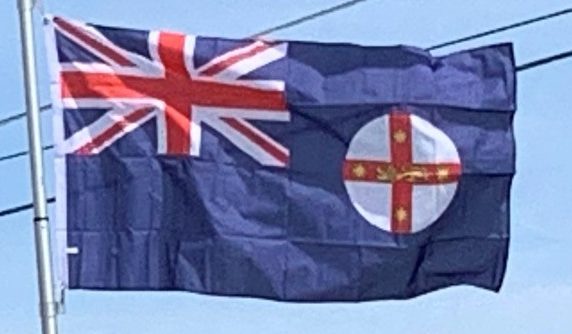The Great Depression, which began in 1929, ushered in a period of political and class conflict in New South Wales. The mass unemployment and collapse of commodity prices brought ruin to both city workers and to farmers. The beneficiary of the resultant discontent was not the Communist Party, which remained small and weak, but Jack Lang‘s Labor populism. Lang’s second government was elected in November 1930 on a policy of repudiating New South Wales’ debt to British bondholders and using the money instead to help the unemployed through public works. This was denounced as illegal by conservatives, and also by James Scullin‘s federal Labor government. The result was that Lang’s supporters in the federal Caucus brought down Scullin’s government, causing a second bitter split in the Labor Party. In May 1932 the Governor, Sir Philip Game dismissed his government. The subsequent election was won by the conservative opposition.

By the outbreak of World War II in 1939, the differences between New South Wales and the other states that had emerged in the 19th century had faded as a result of federation and economic development behind a wall of protective tariffs. New South Wales continued to outstrip Victoria as the centre of industry, and increasingly of finance and trade as well. Labor returned to office under the moderate leadership of William McKell in 1941 and remained in power for 24 years. World War II saw another surge in industrial development to meet the needs of a war economy, and also the elimination of unemployment.
Post-War Period:
Labor stayed in power until 1965. Towards the end of its term in power, it announced a plan for the construction of an opera/arts facility on Bennelong Point. The design competition was won by Jørn Utzon. Controversy over the cost of the Sydney Opera House became a political issue and was a factor in the eventual defeat of Labor in 1965 by the conservative Liberal Party led by Sir Robert Askin. Sir Robert remains a controversial figure with supporters claiming him to be reformist especially in terms of reshaping the NSW economy. Others though, regard the Askin era as synonymous with corruption with Askin the head of a network involving NSW police and SP bookmaking.

In the late 1960s a secessionist movement in the New England region of the state led to a referendum on the issue. The new state would have consisted of much of northern NSW including Newcastle. The referendum was narrowly defeated and, as of 2010, there are no active or organised campaigns for new states in NSW.
Askin’s resignation in 1975 was followed by a number of short lived premierships by Liberal Party leaders. When a general election came in 1976 the ALP under Neville Wran were returned to power. Wran was able to transform this narrow one seat victory into landslide wins (known as Wranslide) in 1978 and 1981.
After winning a comfortable though reduced majority in 1984, Wran resigned as premier and left parliament. His replacement Barrie Unsworth struggled to emerge from Wran’s shadow and lost a 1988 election against a resurgent Liberal Party led by Nick Greiner. Unsworth was replaced as ALP leader by Bob Carr. Initially Greiner was a popular leader instigating reform such as the creation of the Independent Commission Against Corruption (ICAC). Greiner called a snap election in 1991 which the Liberals were expected to win. However the ALP polled extremely well and the Liberals lost their majority and needed the support of independents to retain power.
